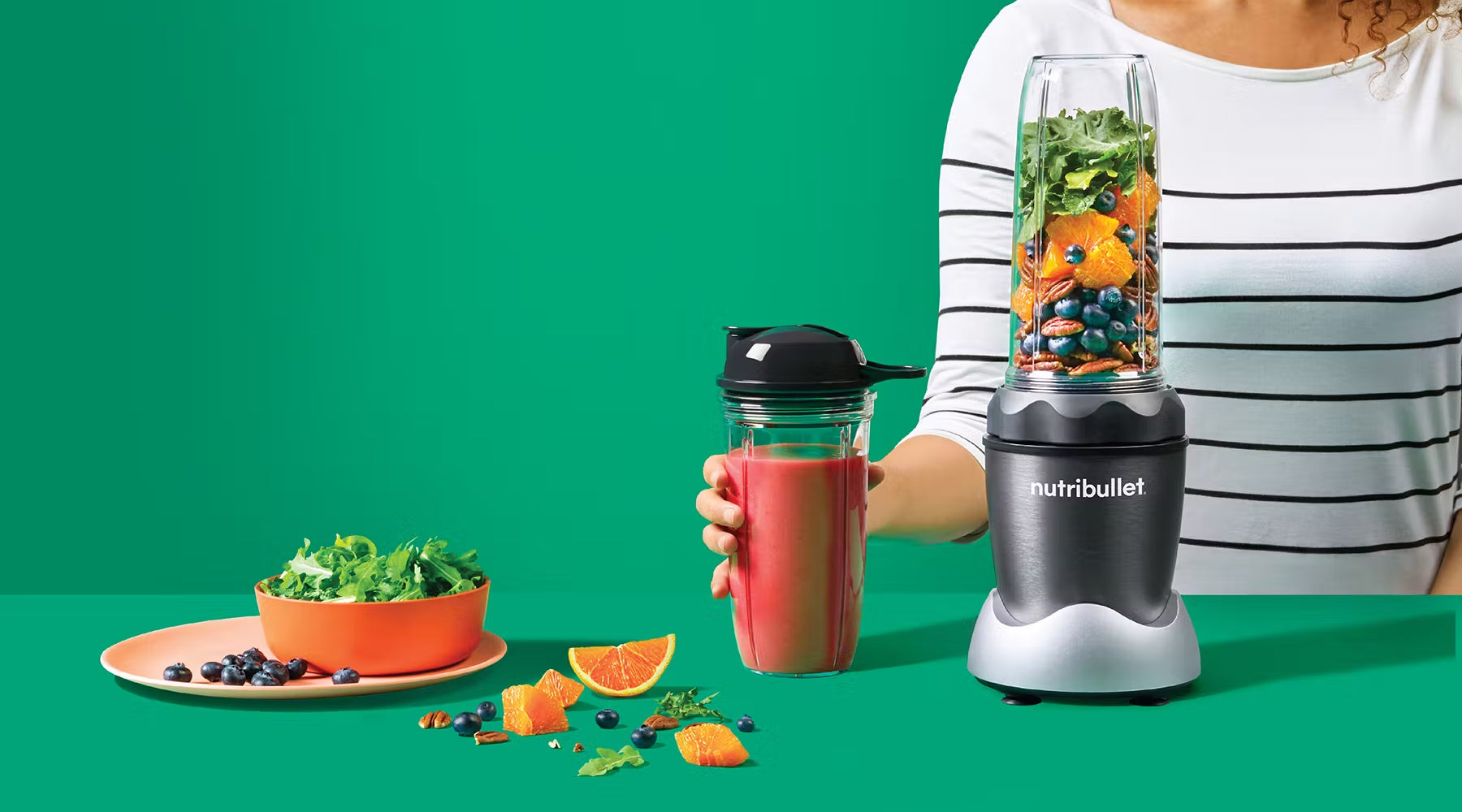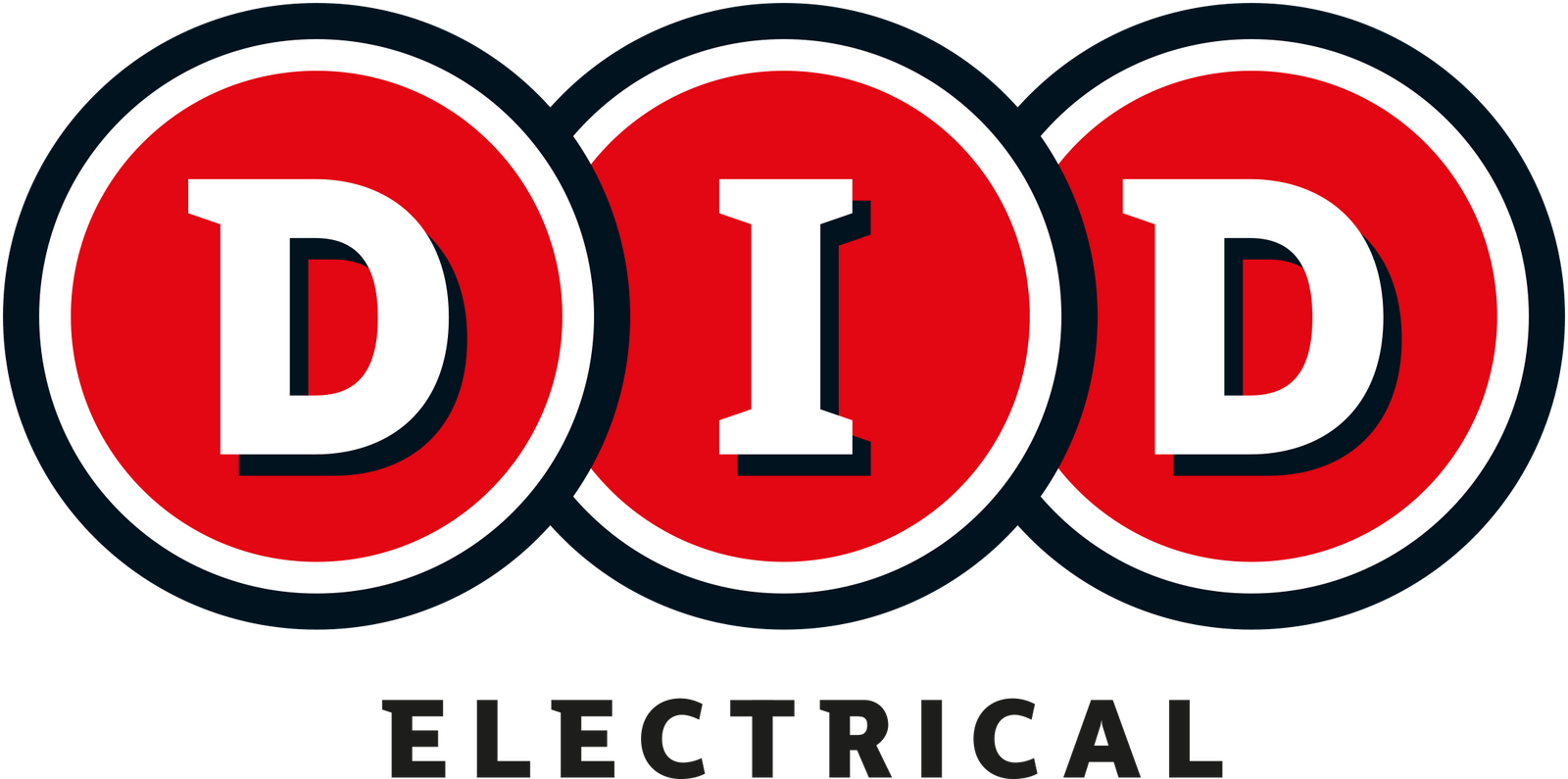Blenders are an essential kitchen appliance that can help us create a variety of delicious and healthy recipes with ease. From smoothies to soups, blenders in Ireland have become an integral part of many households. In this blog post, we'll take a closer look at blenders in Ireland, the different types available, and some of the best options for sale.
Blenders have come a long way since the traditional models that were noisy, difficult to clean, and could only handle a limited range of ingredients. Today, there are many different types of blenders available on the Irish market that cater to specific needs and requirements.
The Basics of Blenders
Powerful Blenders
Nutribullets are popular options for those who want a quick and easy way to make healthy smoothies or shakes. Some Nutribullet blend cups can even be used as protein shakers. These blenders are designed to break down fruits, vegetables, and other ingredients into a smooth consistency, making it easy to drink on the go. The Nutribullet blender is a well-known brand that has gained a significant following in Ireland due to its powerful motor and compact design.

For those who want a more powerful blender that can handle tougher ingredients, Ninja blenders are a popular choice. Their blenders are designed to crush ice, blend fruits and vegetables, and even make nut butter. The Ninja blender is known for its strong blades and high-speed motor, which makes it ideal for creating smoothies, soups, and other recipes that require a smooth and even texture.
Hand Blenders
Hand blenders, also known as immersion blenders or stick blenders, are ideal for those who want an easy-to-use and compact blender. These blenders are designed to be held in the hand and can be used to blend ingredients directly in a pot or pan. So they are perfect for blitzing soups. Hand blenders are also easy to clean, making them a convenient option for those who want to save time in the kitchen.
Smoothie Makers
Blenders can also be used as smoothie makers or smoothie blenders. This style of blender has a narrow and tall container that allows for easier blending of fruits and vegetables, resulting in a smoother and more consistent texture. The Nutribullet blender is a popular option for smoothie makers, but there are other options available, such as the Blendjet 2, which is a portable and rechargeable blender that can be used to make smoothies on the go.
Food blenders are designed for a wide range of kitchen tasks, including blending, chopping, and pureeing. These blenders are ideal for making soups, sauces, and other recipes that require a smooth and even texture. The Kenwood blender is a popular option for food blenders in Ireland due to its powerful motor and versatile design.
When it comes to choosing the best blender for your needs, there are several factors to consider, such as price, size, and features. Some of the best blenders for sale in Ireland include the Nutribullet blender, the Ninja blender, the Kenwood blender, and the Blendjet 2. Each of these blenders offers unique features and benefits that make them ideal for different types of users.
In conclusion, blenders have become an essential appliance in many Irish households, thanks to their versatility and convenience. Whether you're looking for a powerful blender to crush ice and tough ingredients or a portable blender to make smoothies on the go, there are many options available in Ireland. Some of the most popular brands include the Nutribullet blender, the Ninja blender, the Kenwood blender, and the Blendjet 2.
Food Processor or bLENDER?
A food processor is a versatile kitchen appliance used for preparing food by mixing, chopping, pureeing, grinding, or shredding ingredients. It consists of a motorized base, a bowl, and a set of blades or disks. The ingredients are placed in the bowl and then processed by the blades or disks, which are powered by the motor. Food processors are used to make a variety of foods, including dips, sauces, dressings, doughs, and more. They are particularly useful for preparing large quantities of food quickly and efficiently and can be a valuable tool for home cooks and professional chefs alike.
Blenders and food processors are both kitchen appliances used to process food, but they differ in their functionality. Blendersare designed to blend or puree liquids and soft solids, while food processors are designed to handle more solid and dry ingredients, such as vegetables, fruits, nuts, and meats. Food processors also typically have more attachments and blades for tasks like shredding, chopping, and slicing, while blenders usually have a single set of blades. Overall, food processors are more versatile and better suited for food preparation tasks beyond blending.
Blenders FAQs
What is a blender?
A blender is a kitchen appliance that is used to mix, puree, or emulsify food and drink ingredients. It typically consists of a motorized base and a container with a blade assembly that blends the ingredients when the machine is turned on.
What are the different types of blenders?
Countertop blenders: These are the most common type of blender, and they are designed to sit on a countertop. They come in a variety of sizes and power levels, and they can be used to blend everything from smoothies to soups. Immersion blenders: Also known as hand blenders, these are handheld devices that are used to blend ingredients directly in a pot, bowl, or other container. They are often used to make soups, sauces, and other blended dishes. Personal blenders: These are small blenders that are designed to make single servings of smoothies or other blended drinks. They typically have a small blending container that doubles as a travel cup. High-speed blenders: These blenders are designed to blend ingredients at high speeds, which can help to break down tough ingredients like nuts and seeds. They are often used to make smoothies, nut butters, and other dense or fibrous blends. Commercial blenders: These are heavy-duty blenders that are designed for use in commercial kitchens. They are typically larger and more powerful than home blenders, and they are designed to handle large volumes of ingredients.
What should I look for when buying a blender?
Power: Look for a blender with a motor that is powerful enough to handle the ingredients you plan to blend. Higher wattage generally means more power, but other factors like blade design and container shape can also affect blending performance. Container size and material: Consider the size and material of the blending container. If you plan to make large batches of blended foods or drinks, you may want a larger container. Glass containers are generally more durable than plastic, but they can also be heavier and more breakable. Blade design: Look for a blender with a blade assembly that is designed to create a vortex that pulls ingredients down into the blades for more efficient blending. Ease of use and cleaning: Consider the design of the blender, including the ease of using and cleaning it. Some blenders have complicated controls or hard-to-clean parts that may make them less desirable for everyday use. Price: Consider your budget when shopping for a blender. While high-end blenders can be expensive, they may also offer more power, durability, and versatility than lower-priced models.
How do I clean my blender?
To clean a blender, follow these steps: Fill the blender container about halfway with warm water and a drop of dish soap. Put the blender lid back on and turn the blender on low speed for 30 seconds to a minute, or until the container is clean. Rinse the container and lid with warm water and let them air dry.
What can I do to reduce the noise produced by my blender?
Blenders can be noisy, but there are a few things you can do to reduce the noise. You can try placing a rubber mat or towel under the blender to absorb some of the vibrations. You can also try blending for shorter periods of time or using a lower speed setting.
Can I blend hot liquids in my blender?
It depends on the blender. Some blenders are designed to handle hot liquids, while others are not. Be sure to check the manufacturer's instructions before blending hot liquids in your blender. If your blender is not designed to handle hot liquids, you risk damaging the blender or causing injury to yourself.
How do I prevent my blender blades from getting dull?
Blender blades can become dull over time, especially if you use your blender frequently. To prevent your blender blades from getting dull, be sure to clean them thoroughly after each use. Avoid blending hard or frozen foods for extended periods of time. You can also sharpen your blender blades by blending ice cubes or running them through a dishwasher.
Is it safe to leave my blender plugged in when not in use?
It is generally not recommended to leave your blender plugged in when not in use. This can be a fire hazard and can also cause the blender to wear out more quickly. Be sure to unplug your blender and store it in a safe place when not in use.










